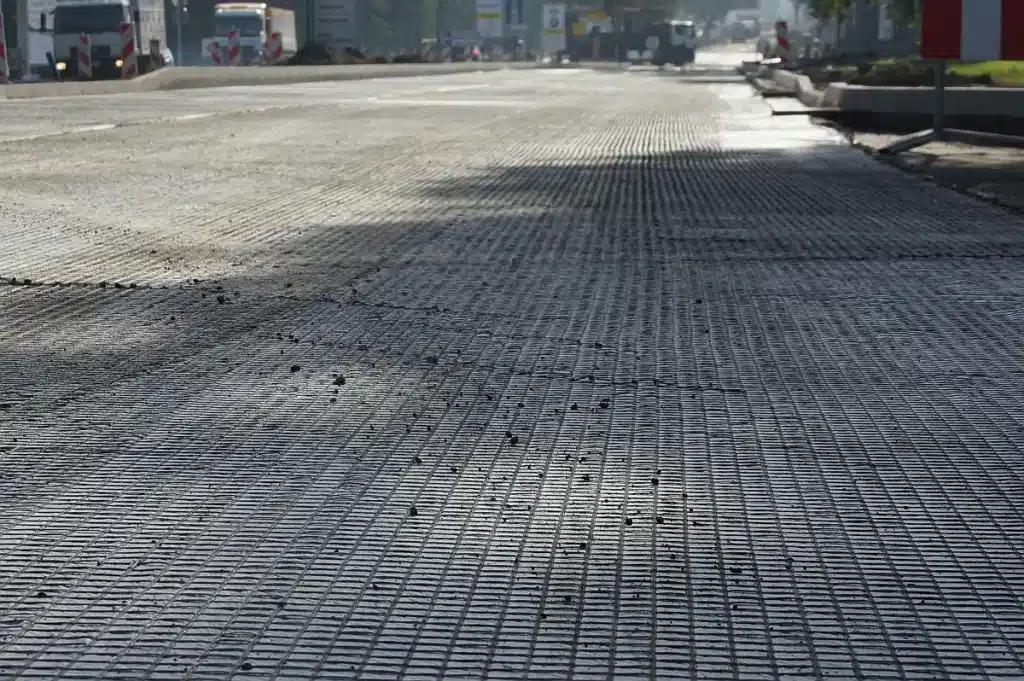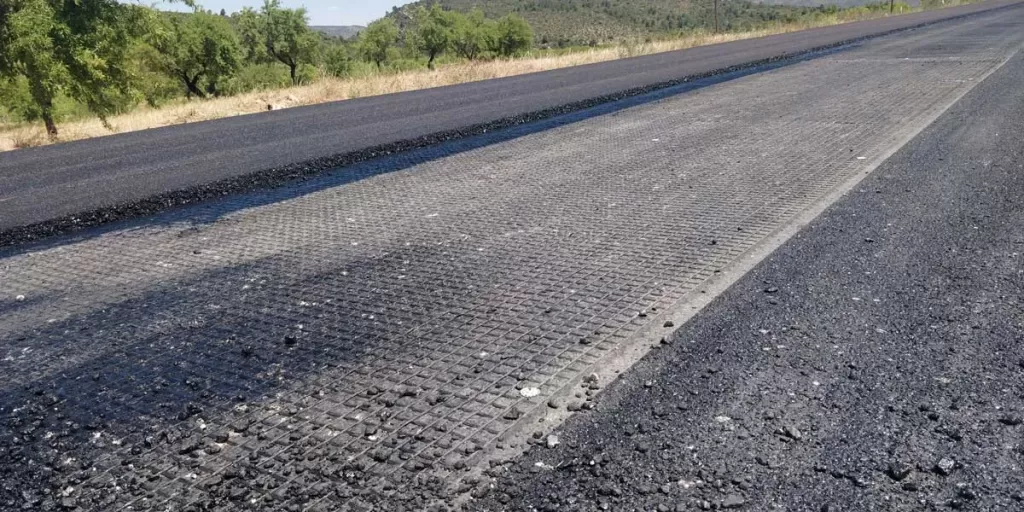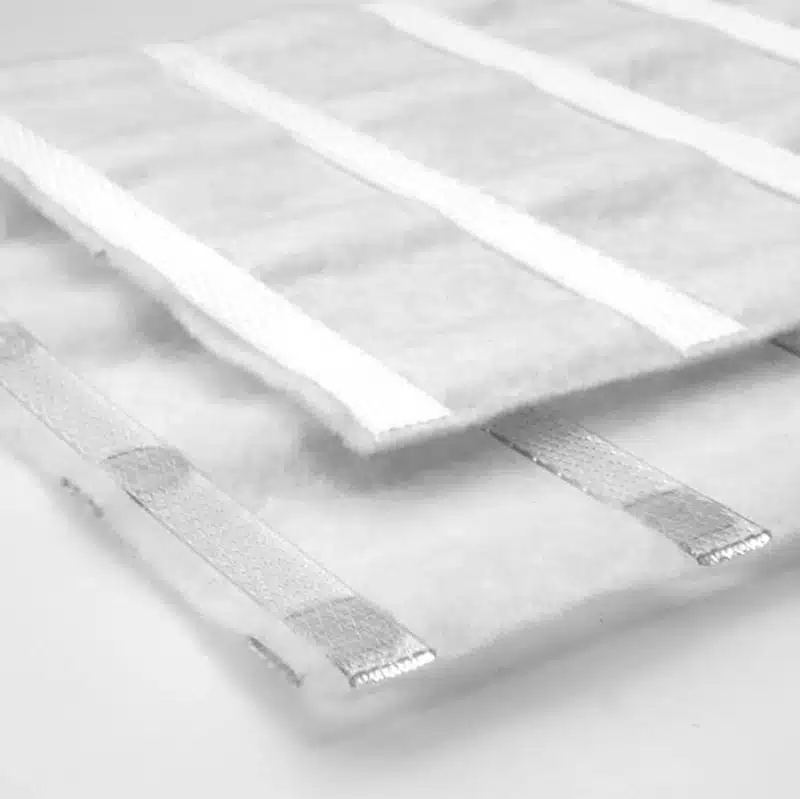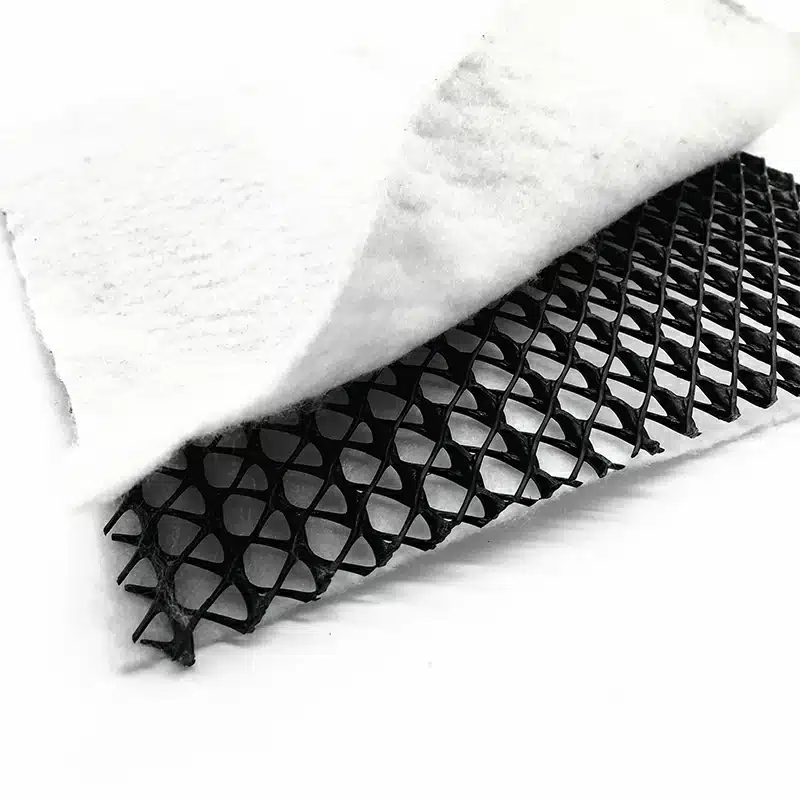The Benefits of Geocomposite for Paved Roads
Geocomposite materials have emerged as game-changers in the construction and maintenance of paved roads. Geocomposites, engineered from a combination of geotextiles and geomembranes, offer a myriad of benefits for road infrastructure. These versatile materials play a vital role in road construction by enhancing performance and longevity. They help distribute loads, reduce stresses, and reinforce the structural integrity of paved surfaces. Geocomposites also aid in minimizing the intrusion of water, which is a common factor contributing to road deterioration. By serving as a protective barrier and facilitating effective drainage, geocomposite solutions help mitigate the harmful effects of moisture, ensuring that paved roads stay resilient and durable, even in challenging environmental conditions. Whether it’s for road rehabilitation, expansion, or new construction, geocomposites have become a go-to choice for achieving cost-effective, sustainable, and long-lasting road solutions.

What is geocomposite material?
Geocomposite material, often referred to as a geosynthetic, is a factory-fabricated geosynthetic product consisting of a combination of two or more geosynthetic materials like geotextiles, geogrids, geonets, and/or geomembranes. These materials blend together to create a versatile, synthetic fabric with remarkable properties. Geocomposites are engineered to serve several essential functions in road construction and maintenance, including:
- Reinforcement: Geocomposites strengthen the road structure by evenly distributing loads, reducing stress on the road’s surface and subbase. This reinforcement minimizes deformation, and cracking, and extends the road’s lifespan.
- Erosion Control: In areas prone to erosion or unstable terrain, geocomposites stabilize the ground, preventing soil loss and averting potential landslides or washouts.
- Moisture Management: Effective moisture management is crucial for road longevity. Geocomposites act as a protective barrier against water infiltration, while efficiently channeling excess water away from the road structure, mitigating moisture-related damage.
- Sustainability: Geocomposites play a vital role in sustainable road construction by reducing the need for thicker road sections and encouraging the use of recycled materials. This not only lowers construction costs but also minimizes the environmental impact.
- Asphalt Overlay: Geocomposites provide an effective solution for asphalt overlays on existing roads. They separate the old and new pavement layers, preventing reflective cracking and preserving the road’s integrity.
- Subgrade Stabilization: In cases of poor soil conditions, geocomposites stabilize the subgrade, enhancing its load-bearing capacity and preventing settlement.
What are some of the geocomposites used for paving?
Geocomposites used for paving play a vital role in enhancing the durability and performance of roads and other paved surfaces. Here are some common types of geocomposites used in paving:
- Geotextile Fabric
- Geogrids
- Drainage Geocomposites
- Erosion Control Geocomposites
- Asphalt Overlay Geocomposites
- Geocells

What is the use of geotextile in pavement?
Geotextile geocomposites are crafted from woven or non-woven fabric materials, frequently serving as a versatile solution in paving applications.
They have a variety of applications, including:
- filtration
- drainage
- separation
- erosion control
- sediment control
- reinforcement
These geocomposites act as an essential barrier, preventing the intermingling of soil particles with aggregate, and simultaneously enabling efficient filtration for optimal drainage. Moreover, when impregnated with asphalt, they serve as a crucial moisture barrier, ensuring the road’s longevity and structural integrity.
What is the use of geogrid in pavement?
Geogrid geocomposites, constructed with grid-like structures using materials such as polypropylene or polyester, serve a pivotal purpose in road construction. These geocomposites are extensively utilized for reinforcement, helping to build a construction platform over weak subgrades. Their primary function is to carry heavy equipment and facilitate the construction of the pavement system without causing excessive deformations of the subgrade. Simultaneously, they excel at load distribution, effectively mitigating the potential for cracking and deformation in the road structure.



Comments
Post a Comment